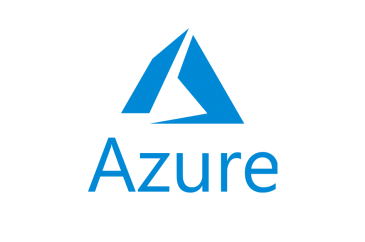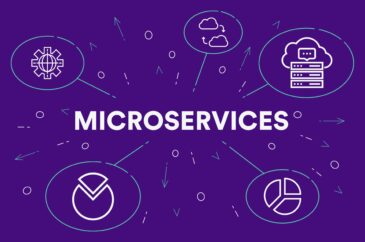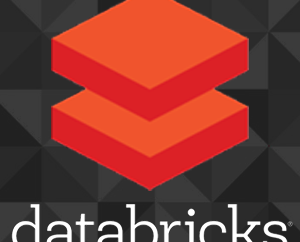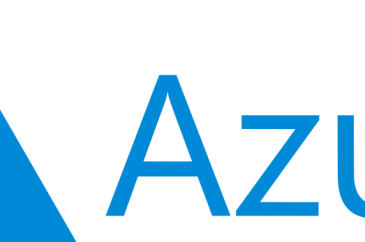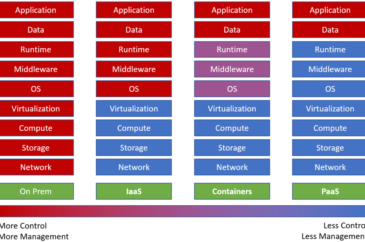
Non-Technical Priorities for App Migrations into Azure
Migrations to another environment can be trivial for some applications, but it’s a complex array of different parts that all work together for most of them. Migrating such applications is a complex task of analysis and decision-making oriented around many different factors. Most application migrations to Azure begin with prework that performs business analysis on…

